How To Use YouTube Analytics To Boost Views
Table of Contents
If you're serious about YouTube, understand how to use YouTube analytics. Focus on impressions, CTR, views, AVD, and retention graphs to improve your videos and grow your channel!
If you’re serious about growing your YouTube channel, understanding how to use YouTube analytics is key. When you focus on the right metrics, you’ll be able to figure out what’s working, what’s not, and how to improve your videos.
Let’s get into the most important stats you need to watch, starting with impressions, so you can bring in more views and grow your channel!
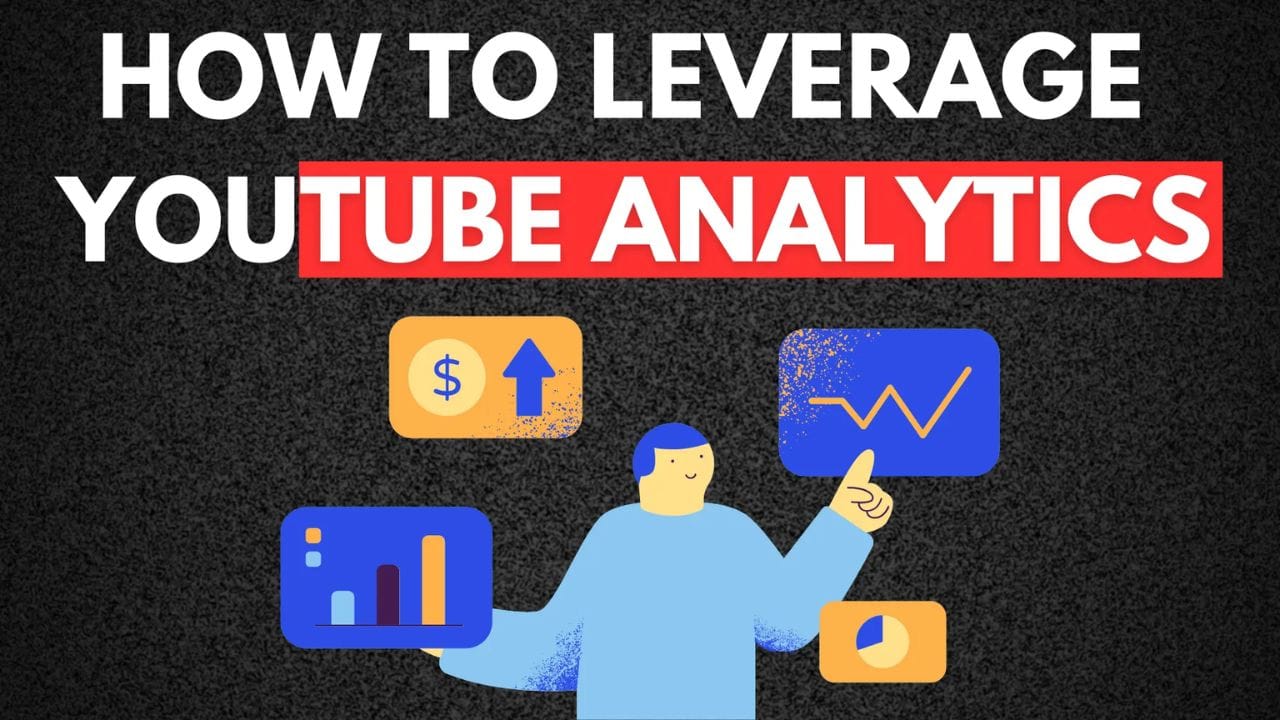
Impressions
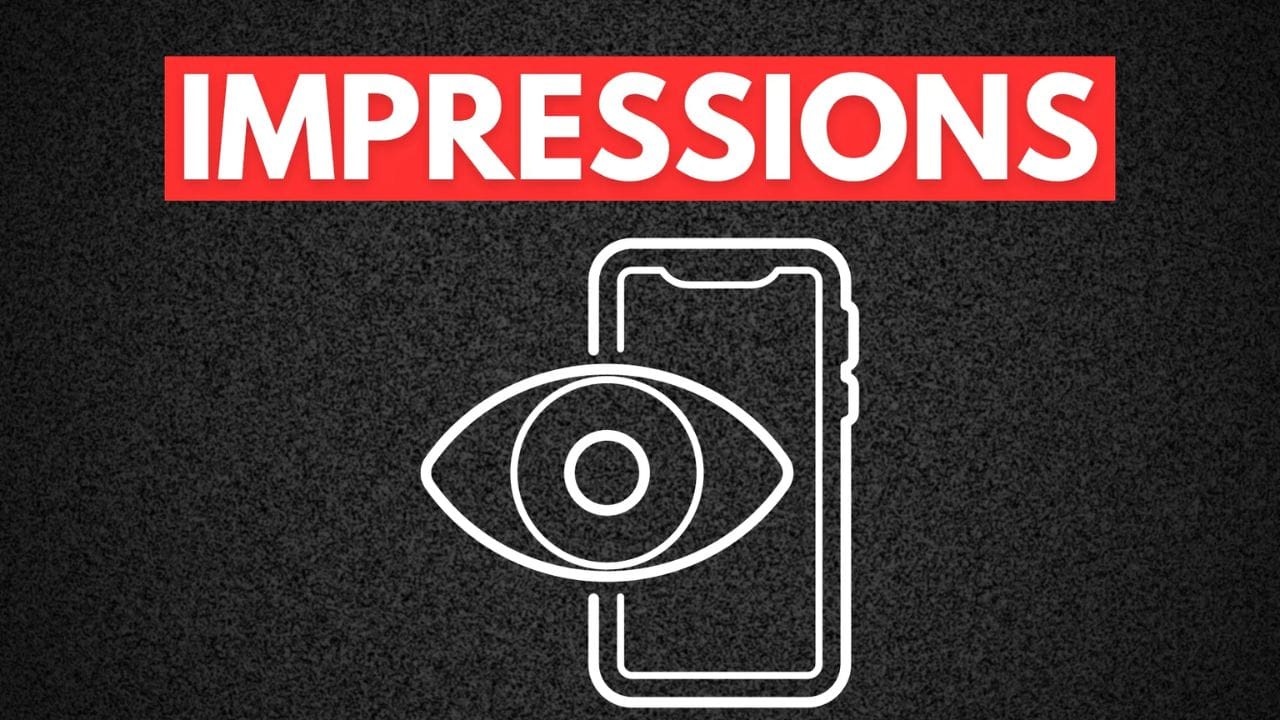
Impressions refer to the number of times your video's thumbnail and title appeared in search results, suggested videos, or other places on YouTube. A high number of impressions means your video is being seen by more people, which can lead to more clicks and views, increasing the likelihood your video goes viral.
How to Get More Impressions:
- Attract a Wider Audience: To get more impressions, your videos need to interest more than just your core subscribers. You want to make content that appeals to three groups: your core, casual viewers, and a broader audience. If your video is too niche, it might not get shown to as many people, limiting your impressions.
- Balance Niche and Broad Topics: Niche topics are great for building close and loyal subscribers, but sometimes you need broader topics to reach more people. Try making videos that balance niche content with something trending or broadly interesting. This can bring in both your core audience and new viewers.
The more impressions you get, the more likely people will see your video and click on it.
Click-Through Rate (CTR)
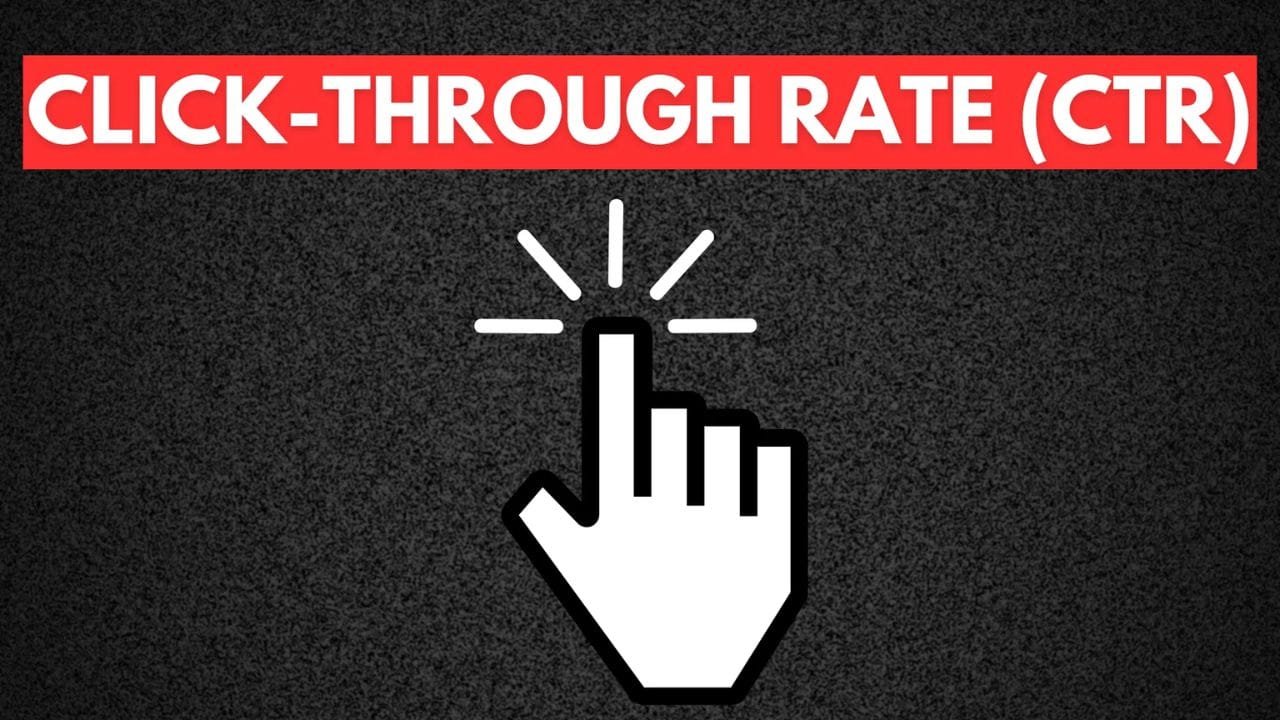
Of course, once YouTube starts showing your videos, you need people to click on them. CTR (Click-Through Rate) measures how good your title and thumbnail are at grabbing attention and getting viewers to click on your video.
How to Improve CTR:
- Choose Good Video Ideas: The topic of your video matters. If it’s not interesting or relevant, people won’t click. Focus on topics your audience cares about or ones that are trending. When viewers see a topic that solves a problem or answers a question they have, they’re way more likely to click.
- Craft Catchy Titles: A good title should be clear and get straight to the point. It helps if you use keywords people might search for, but don’t make the title too long or confusing - which we've already made some examples of viral title formats that you can steal.
- Use Eye-Catching Thumbnails: Your thumbnail is the first thing people see, so it has to stand out. Use bright, high-quality images that show emotion or action. Adding a bit of text to the thumbnail (different from your title) can also help get attention, which we've also previously talked about how to make eye-catchy thumbnails in more depth.
A solid CTR is usually between 2% and 10%. The higher your CTR, the more YouTube will push your video to new viewers. If you're unsure on what a good CTR is and the psychology of why viewers actually click, we've got blogs for those too!
Views
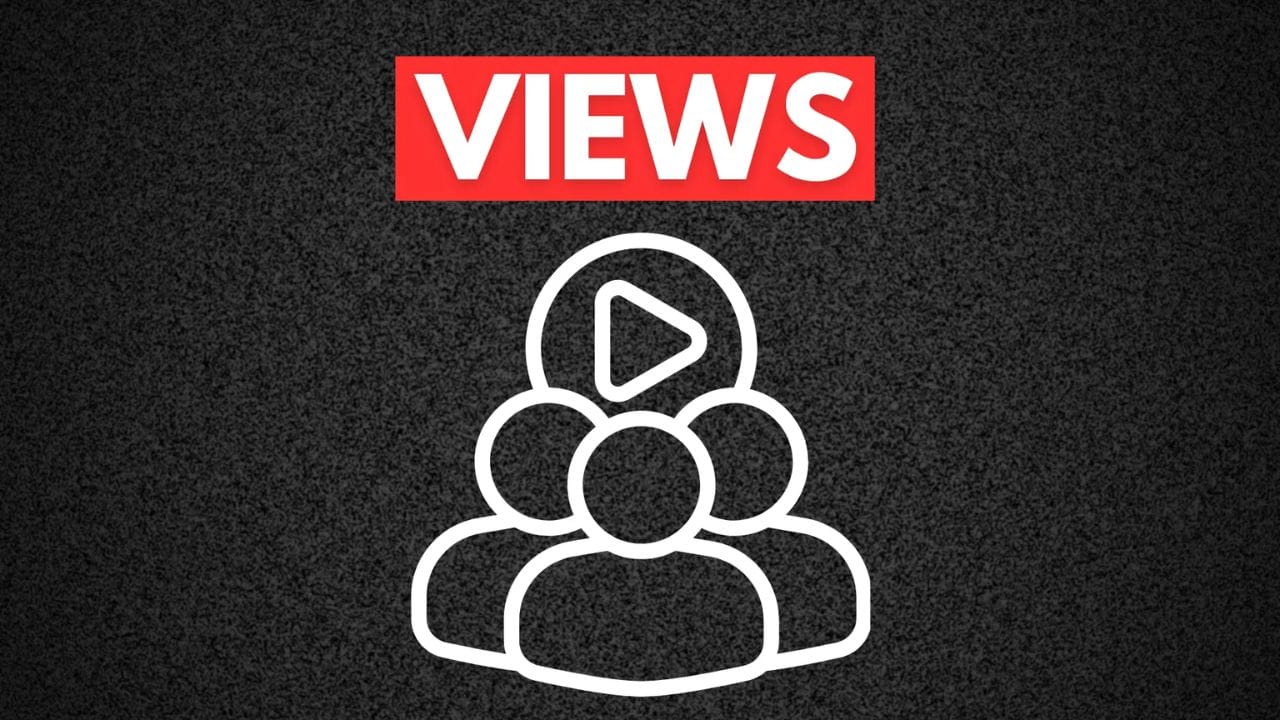
Views are the number of people who actually clicked and watched your video. When you check your video’s performance, views are one of the first things to look at because they give you an overview of how well your video did overall.
How to Get More Views:
- Look at Your Best Videos: Check out the videos on your channel that have the most views. What do they have in common? Is it the topic, the thumbnail, or maybe the editing style? Once you figure out what’s working, use those ideas in your future videos to help raise your views.
- Keep Viewers Watching: Getting views is great, but keeping people watching is even better. If your videos consistently get high views, it means people are not only clicking but staying too. When people stick around for the majority of your video, YouTube tends to recommend your videos to even more people.
Average View Duration (AVD)
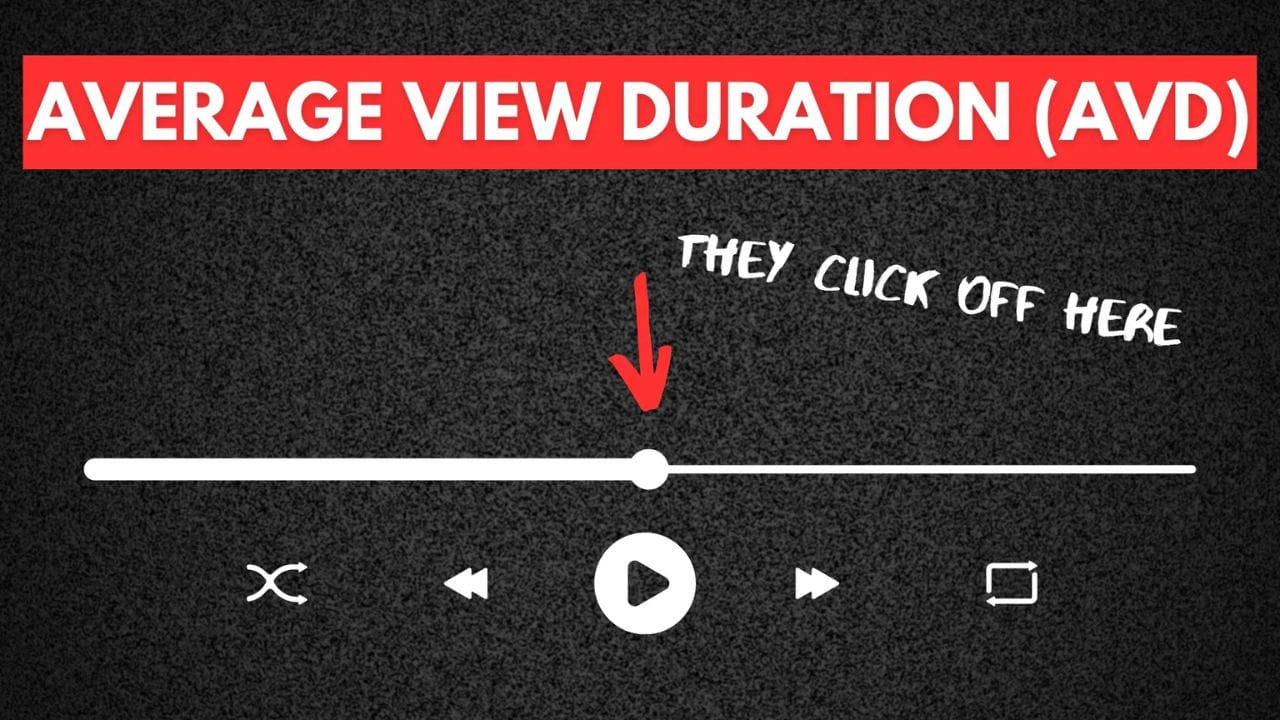
Average View Duration (AVD) tells you how long people stay on your video. The longer people watch, the more YouTube pushes your video. That’s why having a high AVD is incredibly important.
How to Increase AVD:
- Strong Hooks: The first few seconds of your video are vital. Make sure your intro gets straight to the point and delivers on what your title and thumbnail promised.
- Keep It Short and Interesting: Don't make your video longer than it needs to be by adding extra stuff. People get bored quickly, so stick to sharing important content and keep it interesting the whole time.
- Storytelling: Everyone enjoys a good story. Including personal stories or examples keeps people interested and gives them a reason to watch until the end.
- Effective CTAs (Call to Action): At the end of your video, tell your viewers to keep watching. Recommend other videos on your channel or ask them to subscribe or buy your product/service, but make sure it's quick and on topic, which we have previously talked about how to create effective CTAs in more depth.
Retention Graphs
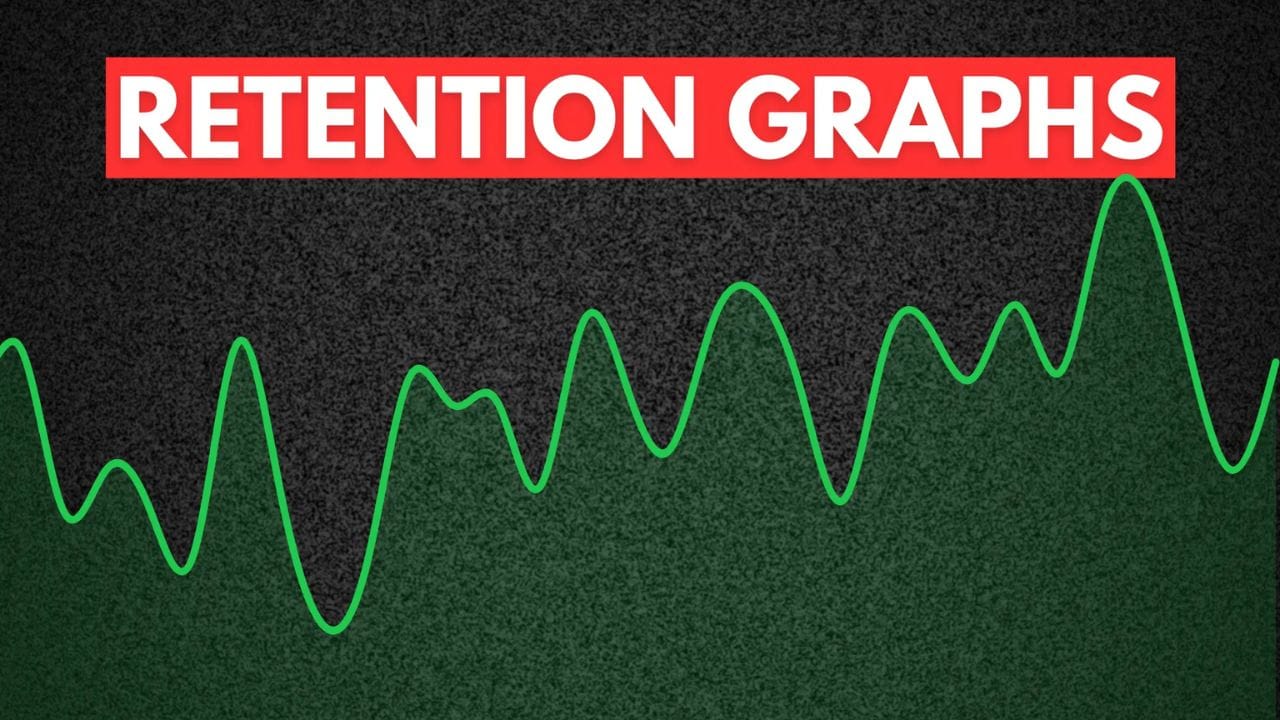
Retention graphs show you where people stopped watching or skipped ahead in your video. If you want to know what keeps people engaged and makes them leave, look at your retention graph.
Types of Retention Graphs:
- Early Peak: If your graph has a sharp spike early on, it might mean your intro is dragging on. Viewers are skipping ahead to where the real content starts. Keep your intro short and get to the value quickly.
- Gradual Decline: A steady drop-off throughout the video could mean that viewers feel like they’ve already gotten what they came for. You might need to work on pacing and making it clear why they should stick around for the rest of the video.
- Spikey Graphs: If your graph spikes at certain points, it means people are skipping ahead to different sections. This usually happens when you reveal your key points too early, and viewers feel they don’t need to watch and wait for you to explain.
By studying retention graphs, you can fine-tune your video structure to keep viewers watching from start to finish.
To grow your YouTube channel, you need to pay attention to the right metrics. Work on impressions to get more people to see your video, improve your CTR to turn those views into clicks, and then increase your AVD and retention to keep people watching longer. The more you understand YouTube analytics, the better you can improve and grow your channel!
